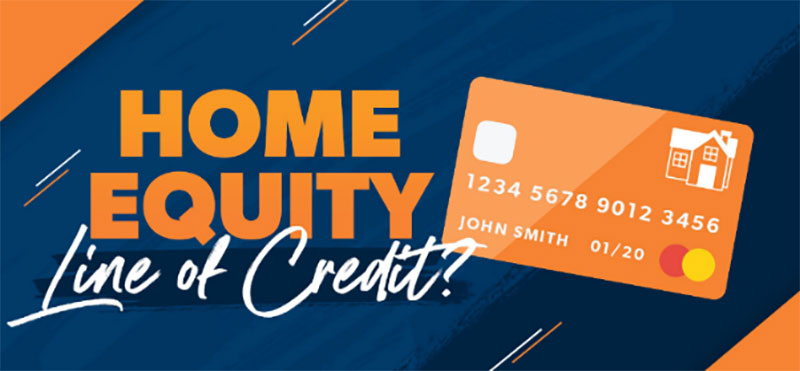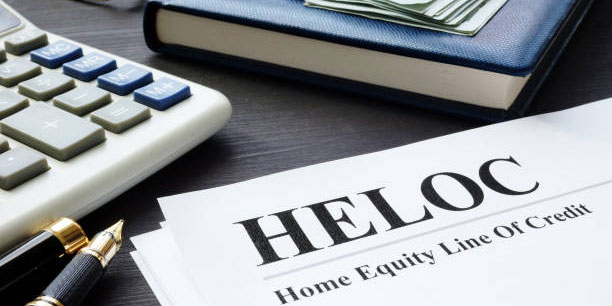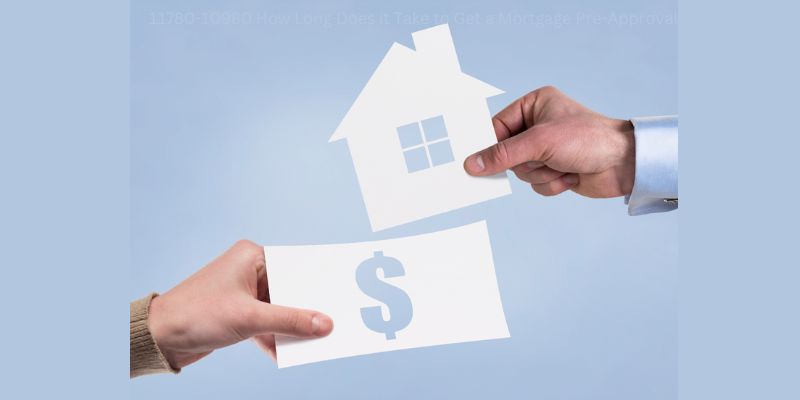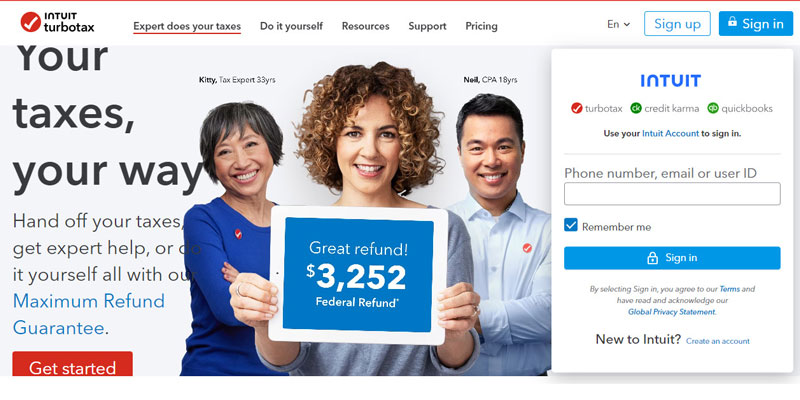Are you considering using a Home Equity Line of Credit (HELOC) to finance home improvements, consolidate debt, or even cover unexpected expenses? With recent housing and lending market changes, it's important to understand how HELOCs work before signing on the dotted line.
In this blog post, we break down the basics of what you need to know – from eligibility requirements and application processes to potential benefits and pitfalls of taking out a HELOC. Read on to gain clarity around one common source of financing!
What is Home Equity Lines of Credit

A Home Equity Line of Credit (HELOC) is a form of revolving credit. A HELOC allows you to borrow up to a certain amount based on the equity in your home. It functions like a credit card, meaning you can use it repeatedly as you pay down your balance until you reach the maximum borrowing limit.
How a HELOC works

A Home Equity Line of Credit (HELOC) is a flexible financial tool that allows homeowners to tap into the equity built up in their property. It operates as a revolving line of credit secured by the home's value, similar to a credit card.
The process begins with a lender assessing the homeowner's creditworthiness and the amount of equity available in the property. Once approved, the homeowner can draw funds up to a predetermined limit during a specified period known as the draw period.
Interest is only charged on the amount borrowed, providing a cost-effective solution for short-term financing needs. The draw period typically lasts 5-10 years, followed by a repayment period where the outstanding balance is paid back in monthly installments.
Eligibility Requirements and Qualifying for a HELOC
Eligibility requirements for a HELOC may vary among lenders, but here are some common criteria:
- Sufficient home equity: Typically, you need to have a certain percentage of equity built up in your property, often around 15% to 20%.
- Good credit score: A higher credit score, generally above 620, improves your chances of qualifying for a HELOC.
- Stable income: Lenders seek a reliable and sufficient income source to repay the borrowed funds.
- Debt-to-income ratio: Your debt-to-income ratio, which compares your monthly debt payments to your income, should generally be below a certain threshold, often around 43%.
- Property value: The market value of your home plays a role in determining the loan-to-value ratio and your eligibility for a HELOC.
Qualifying for a Home Equity Line of Credit (HELOC) typically involves several steps. Here is a brief explanation of the process:
Determine eligibility
Verify that you meet the basic eligibility requirements for a HELOC, which may include factors such as credit score, income, and home equity.
Research lenders
Explore different financial institutions and compare their HELOC offerings, including interest rates, fees, and repayment terms. Consider factors such as reputation, customer service, and online tools.
Gather documentation
Prepare the necessary documents to support your HELOC application. This documentation typically includes proof of income, employment verification, tax returns, property information, and identification documents.
Apply
Complete the HELOC application provided by the lender. Be thorough and accurate in providing the requested information.
Property Appraisal
The lender may require a professional appraisal to determine the current market value of your home. This appraisal helps assess the amount of equity you have in your property.
Credit evaluation
The lender will evaluate your creditworthiness, considering factors such as your credit score, credit history, and debt-to-income ratio. A higher credit score generally improves your chances of qualifying for a HELOC.
Loan-to-value ratio
Lenders typically have limits on the loan-to-value ratio (LTV), which is the percentage of your home's appraised value they are willing to lend. A lower LTV increases the likelihood of qualifying for a HELOC.
Approval and terms
If your application is approved, the lender will provide you with the terms and conditions of the HELOC, including the credit limit, interest rate, draw period, repayment period, and any fees associated with the loan.
Closing Process
Similar to a mortgage, a HELOC may have a closing process, which involves signing the necessary documents, paying any closing costs, and finalizing the loan agreement.
Variable Interest Rate
When you take out a HELOC, the interest rate is typically variable. This variability means that your payments can increase or decrease depending on changes to the prime rate. In other words, if the prime rate increases, your monthly payment will also increase accordingly.
With variable interest rates comes more unpredictability when budgeting for a HELOC repayment plan. It is, therefore, important to determine whether you are comfortable with this inherent risk before agreeing to a loan of this type.
Fixed Interest Rate Option
Choosing a fixed interest rate when taking out a HELOC is possible. This fixed interest ratio means the rate will remain constant throughout the loan, so the monthly payments will not change, giving you more certainty with your budgeting.
This option may cost slightly more than its variable counterpart regarding interest rates, but the benefits of peace of mind could make it worthwhile.
If you decide a fixed interest rate is right for your HELOC, consider how long this rate will remain constant. After it expires, you may have to refinance into another loan or switch to a variable rate if one is available.
Benefits of HELOC
- Lower interest rates: HELOCs typically have lower rates than other forms of credit, such as credit cards or personal loans, making them a more cost-effective borrowing option.
- Potential tax benefits: Sometimes, the interest paid on a HELOC may be tax-deductible if the funds are used for home improvements or other qualified purposes. However, consulting with a tax advisor is essential to understand the requirements and limitations.
- Revolving credit: HELOCs function similarly to a revolving line of credit, allowing borrowers to access funds as needed and repay them over time. This feature provides ongoing access to funds without needing multiple loan applications.
- Potential for increasing home value: Investing a HELOC in home improvements can increase the property's value, which can be beneficial when selling or refinancing.
Drawbacks of HELOC
- Variable interest rates: HELOCs often have variable interest rates that fluctuate over time, making it challenging to accurately predict future monthly payments.
- Risk of foreclosure: Defaulting on a HELOC can lead to foreclosure since the home secures the loan. Borrowers must carefully consider their ability to make regular payments before taking out a HELOC.
- Potential for overborrowing: The availability of a large credit line through a HELOC can tempt some individuals to overborrow, leading to higher debt levels and potential financial strain.
- Closing costs and fees: Opening a HELOC can involve upfront fees, such as origination fees, appraisal fees, and closing costs. These costs can add to the overall expense of borrowing.
FAQs
Is an equity line of credit a HELOC?
Yes, a home equity line of credit (HELOC) loan allows you to borrow against the equity in your home.
Is a HELOC a good idea right now?
It depends on your unique financial situation and goals. Consider all of the potential benefits and drawbacks before proceeding.
How long does it take to get approved for a HELOC?
The timeline for approval can vary from lender to lender, but the process typically involves several steps that may take anywhere from one to two months.
Conclusion
Home Equity Lines of Credit (HELOC) is an effective financial tool that can be used to leverage funds from the equity in your home. It can help unlock additional capital needed for various personal and business needs. Before deciding if a HELOC will work for you, it's important to understand its eligibility requirements and qualification process. Considering the many potential benefits and drawbacks of such a line of credit, it's also important to consider the risk and ensure you are comfortable with it.




